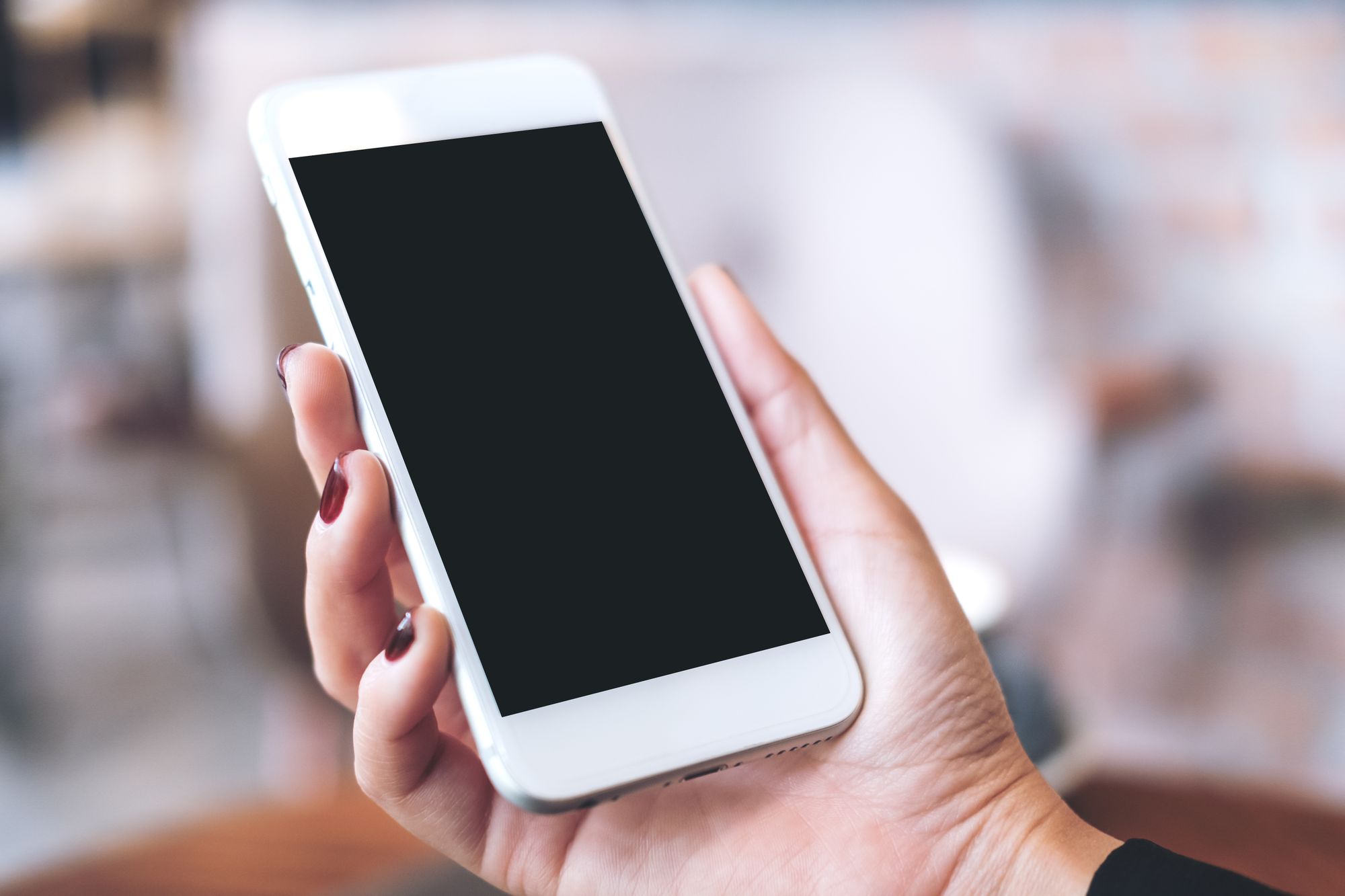Technological tools to support activity
In this article, we will present an overview of different technological tools that can enable activity for the person with dementia. The technological tools are not required to enhance activity, but can be tools in doing so.
Locator devices (GPS).
If the person with dementia enjoys walking or moving outside, a decreasing memory can complicate finding the way home. Some also tend to walk outside during the night, as signs of day and night can be harder to recognize. Locator technology, such as GPS monitoring can increase freedom to engage in activities among persons with dementia, because if they get lost, they are easier to find again. In such matter, locator devices can reduce the stress for you, if you are caring for someone who likes to walk outside.
In broad strokes, there are two types of locator devices. Remote control safety alarms and safety alarms using geofences. Remote control safety alarms relie on an action from the user. If the user gets lost, they can press a button, and be located by another person using GPS-technology. To utilize such devices, the person first needs to recognize that they are lost, and second know how to act by alarming someone using the device. Safety alarms using geofence do not need this action taken by the user. If the sensor moves outside an already agreed upon area, it alerts someone else and provides them with the location. The “fence” that triggers an alert, can be adjusted to a small or large area, depending on the person’s needs and frequent moving patterns. However, such approaches can be viewed as an invasion of privacy for the person with dementia.
If you are thinking about using locator devices, what kind of device is best for the person you are caring for depends on the needs of the person. Inquire your provider of health services or your peer group for guidance and services available in your community.
Automated prompts and reminders.
There are different technological tools to support people with dementia to keep track of their day, keep track of past days, and to remember their medications, by automated prompts and reminders.
Keep track of the day: You can find calendars to keep track of date, time, season and appointments. Some are smartphone/tablet-based, and others isolated devices. Some are displaying the information, others speaking the information. Devices are either providing general information, and others can be fed with appointments etc. With devices to assist in keeping track of the day, a person in the beginning stages of dementia might be able to be increasingly independent in their daily activities, by being reminded of what they have planned. In addition, devices to keep track of the day can help someone with dementia in every stage to orient themselves.
Remember to take medications: There are multiple different devices to help people to remember to take their medications, and supply the user with the right medicines. Some of them have an alert-function to alert either the user by sound or vibration, their phone, or someone in their caring circle when medication is due. Others alert if the medication is not taken as well.
Keep track of past days: There are apps where you can keep track of past days by filling in pictures, videos and text like a journal. This can be helpful if multiple people are caring for the person with dementia, or if you want to save memories of experiences. App journals distinguish themselves from regular journals by adding the possibilities of videos and instant images of activities the person with dementia engaged in.
Automated prompts and reminders can increase independence among people with disabilities. Inquire your provider of health services or your peer group for guidance and services available in your community.
Technology to stay in touch.
Advances in technology can provide people with tools to stay in touch. Old friends might not be able to visit each other, or relatives might live far away from each other. Using telephone or videophone can help people to stay in touch. Some devices are easier to understand and manage than others, for those with low or no experience with technology. For instance, there are telephones available where you can place a photo of yourself, and connect the button to call your phone. This might be helpful, if dialing a number is too complicated. Using video in addition to voice in distance communication, can be set up using different apps on tablets, mobile devices or computers. They can be used as stand-alones, or connected through communication robots.
Overall, technology applied adapted to each individual’s resources and needs can increase freedom and quality of life. Inquire your provider of health services or your peer group for guidance and services available in your community.
Comments
Sign in or become a DemiCare member to join the conversation.






